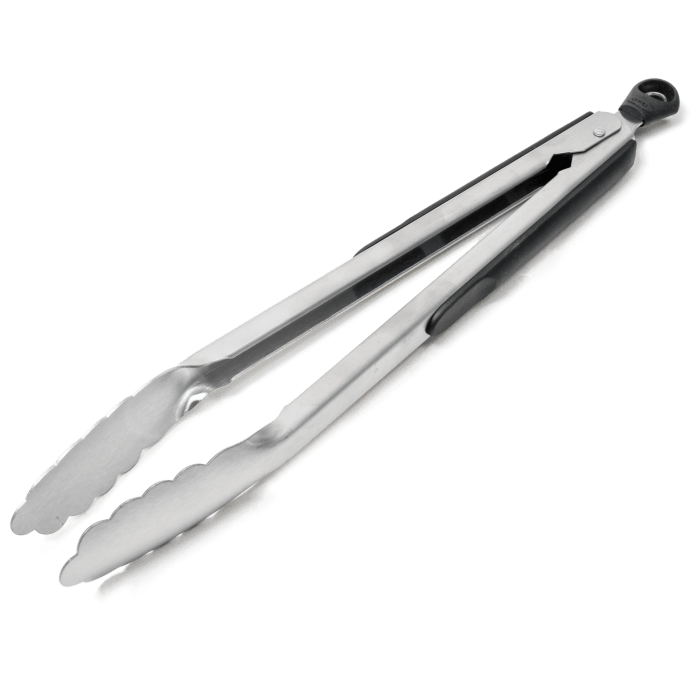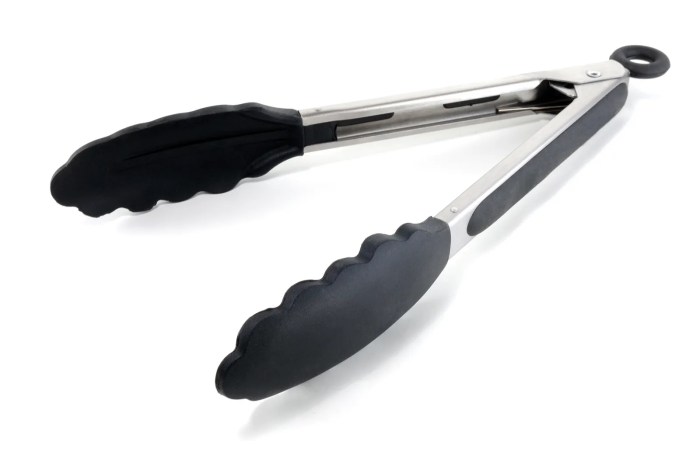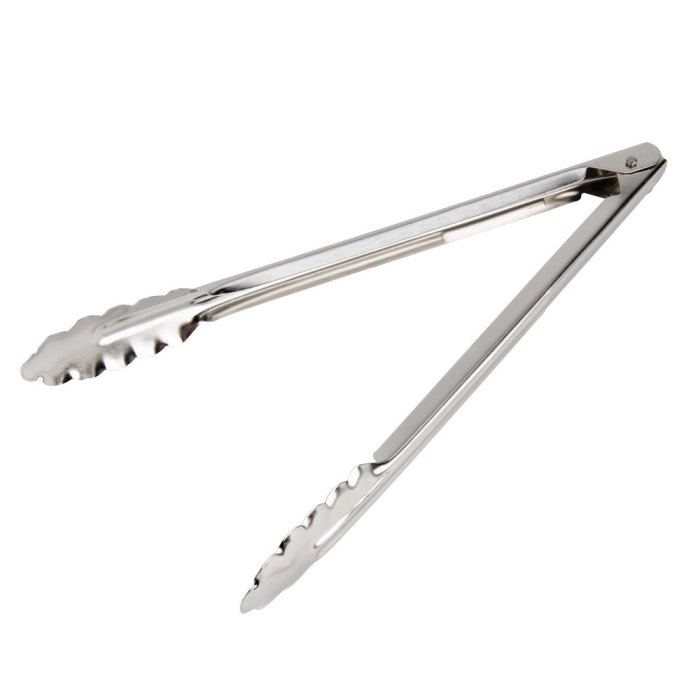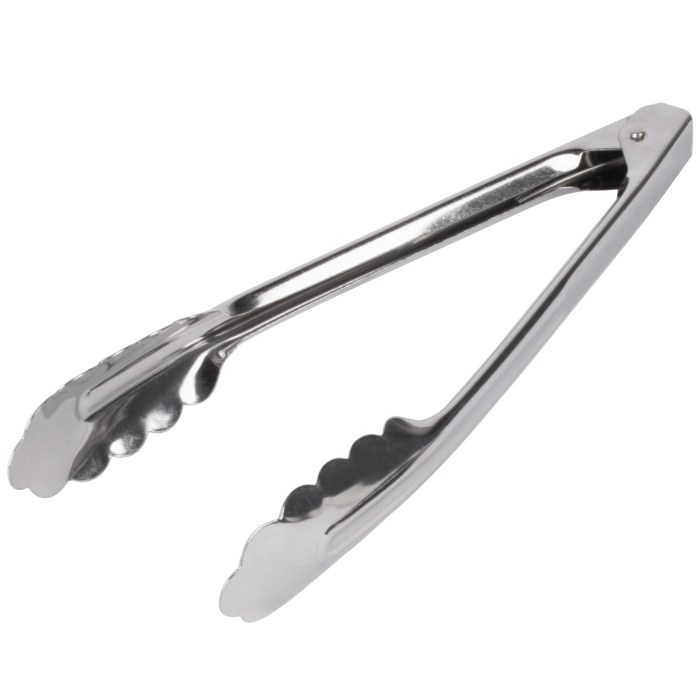Used to move glassware that’s been heated – Tongs are an indispensable tool in any laboratory setting, particularly when handling heated glassware. These versatile instruments provide a safe and effective means of manipulating glassware that has been exposed to high temperatures, minimizing the risk of burns and accidents.
In this comprehensive guide, we will delve into the types, uses, and safety precautions associated with tongs, empowering you with the knowledge and techniques to handle heated glassware with confidence and precision.
Tools and Equipment

Tongs are essential tools for handling heated glassware safely and efficiently in a laboratory setting. They are designed to grip and manipulate glassware that is too hot to be handled with bare hands, preventing burns and accidents.
There are various types of tongs available, each designed for specific purposes and glassware shapes. Common types include:
- Crucible tongs:Designed for handling crucibles, which are used for heating and melting substances.
- Test tube tongs:Designed for holding and manipulating test tubes, which are used for chemical reactions and experiments.
- Beaker tongs:Designed for gripping and pouring beakers, which are used for mixing and measuring liquids.
- Flask tongs:Designed for handling flasks, which are used for heating and distilling liquids.
Using tongs provides several benefits for handling heated glassware:
- Protection from burns:Tongs create a barrier between the user’s hands and the hot glassware, preventing skin contact and potential burns.
- Secure grip:Tongs provide a secure grip on glassware, preventing it from slipping and causing accidents.
- Precise handling:Tongs allow for precise handling of glassware, enabling users to manipulate it safely and accurately.
Safety Precautions: Used To Move Glassware That’s Been Heated

Handling heated glassware without proper tools can be extremely hazardous and can lead to serious accidents. The following safety precautions must be observed:
- Wear appropriate safety gear:Always wear heat-resistant gloves and a lab coat to protect your hands and body from heat and potential spills.
- Inspect glassware:Before using heated glassware, inspect it for cracks or damage. Do not use damaged glassware, as it can shatter and cause injury.
- Handle glassware carefully:Use tongs to handle heated glassware. Never touch it with bare hands or use your fingers to grip it.
- Be aware of surroundings:Pay attention to your surroundings and ensure there is enough space to handle heated glassware safely.
- Keep away from flammable materials:Keep heated glassware away from flammable materials, such as paper or solvents, to prevent fire hazards.
Techniques and Methods

Using tongs to move heated glassware requires proper techniques and methods to ensure safety and prevent accidents:
- Grip the tongs firmly:Hold the tongs securely with your dominant hand, ensuring a firm grip.
- Adjust the grip:Adjust the grip of the tongs to fit the size and shape of the glassware you are handling.
- Position the tongs:Position the tongs correctly on the glassware, ensuring a secure hold without applying excessive pressure.
- Lift and move:Gently lift the heated glassware and move it to the desired location, avoiding sudden movements or jerks.
- Release the tongs:Once the glassware is in place, slowly release the tongs, allowing it to rest on a heat-resistant surface.
Different types of glassware may require specific gripping techniques. For example, beakers should be gripped near the rim, while flasks should be gripped near the neck.
Alternative Methods

While tongs are the primary tool for moving heated glassware, there are alternative methods available:
- Heat-resistant gloves:Heat-resistant gloves can be used to handle heated glassware directly. However, they provide less protection and precision compared to tongs.
- Protective covers:Protective covers can be placed over heated glassware to handle it without direct contact. This method is suitable for short-term handling.
The table below compares the different methods for moving heated glassware:
| Method | Advantages | Disadvantages |
|---|---|---|
| Tongs | – Provides a secure grip- Protects from burns- Precise handling | – May not be suitable for all glassware shapes |
| Heat-resistant gloves | – Easy to use- No need for additional tools | – Less protection from burns- Less precise handling |
| Protective covers | – Protects from burns- Can handle multiple glassware items simultaneously | – Limited protection for long-term handling- May not be suitable for all glassware shapes |
Key Questions Answered
What are the different types of tongs used in laboratories?
Tongs come in various shapes and sizes, each designed for specific purposes. Common types include crucible tongs, beaker tongs, test tube tongs, and thistle tube tongs.
Why is it important to wear gloves when using tongs?
Gloves provide an additional layer of protection against heat and prevent accidental contact with chemicals or broken glassware.
How should tongs be held when gripping heated glassware?
Hold the tongs near the hinge, keeping your fingers away from the heated portion of the glassware. Use a firm grip to ensure a secure hold.